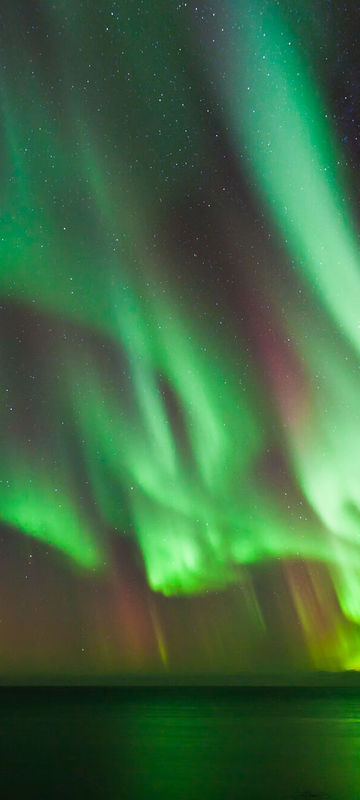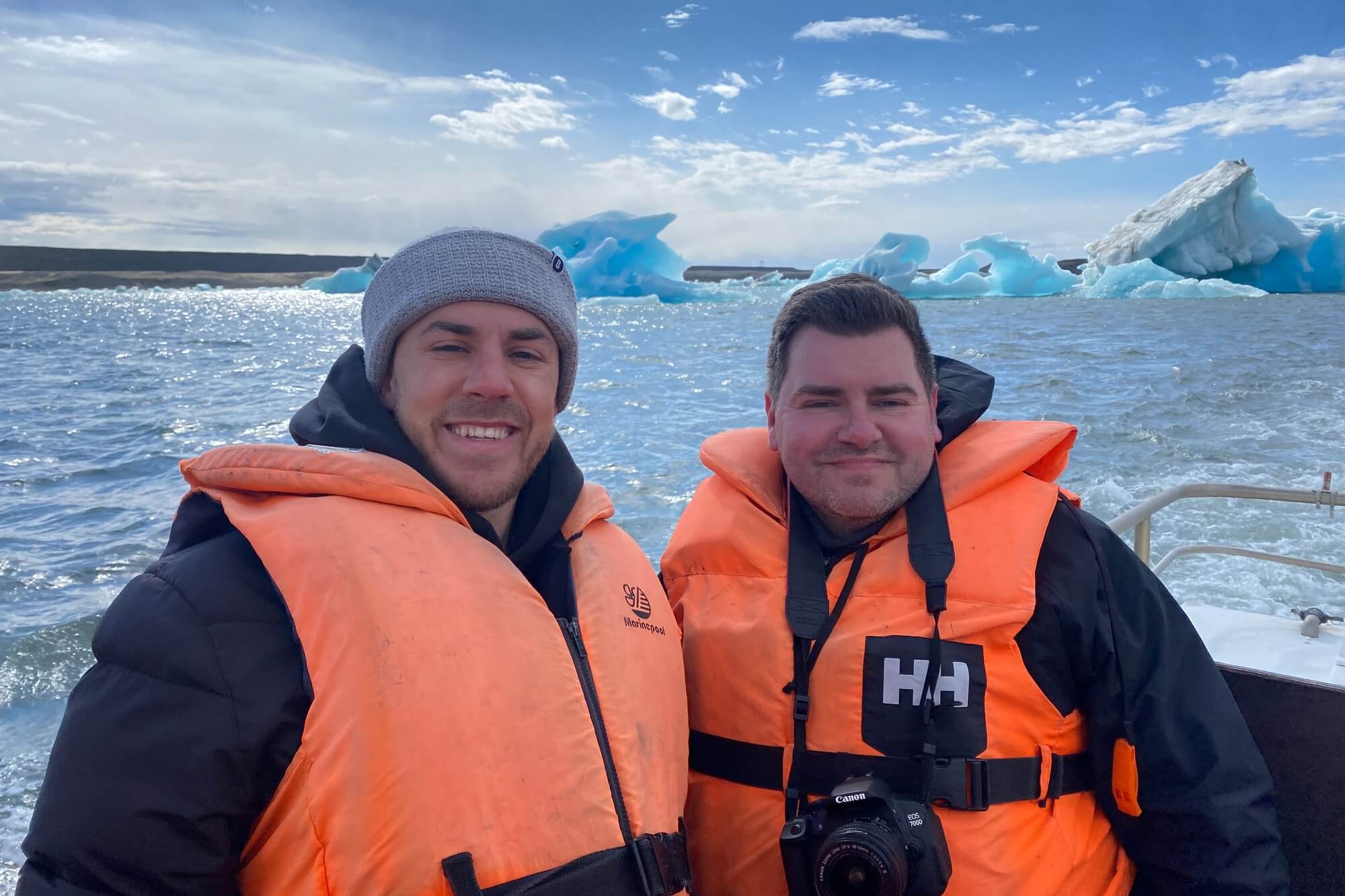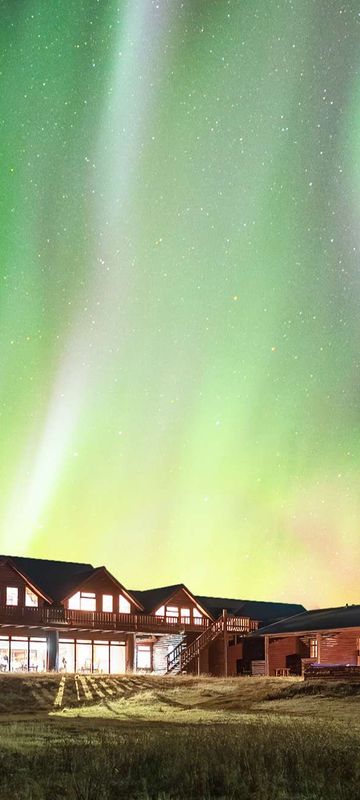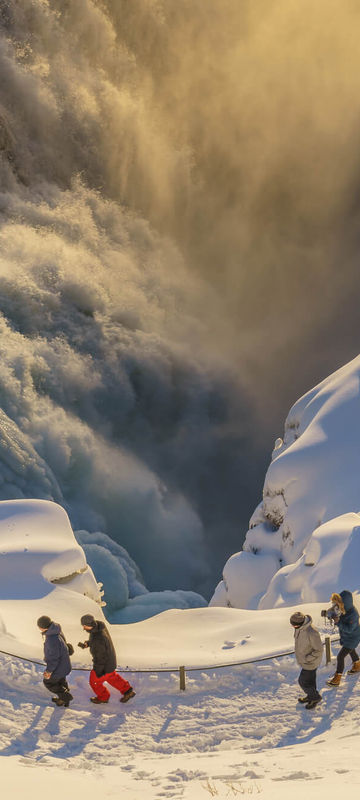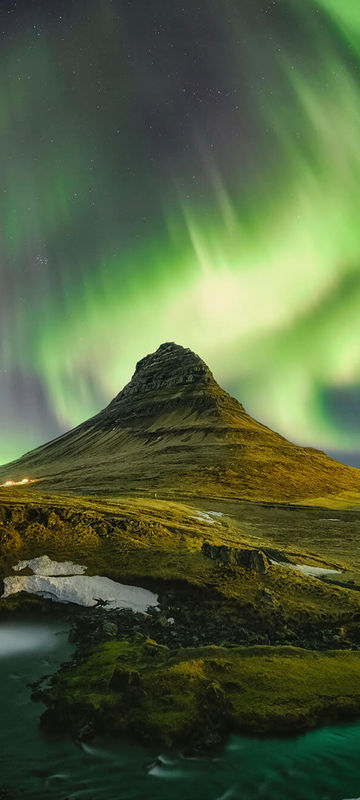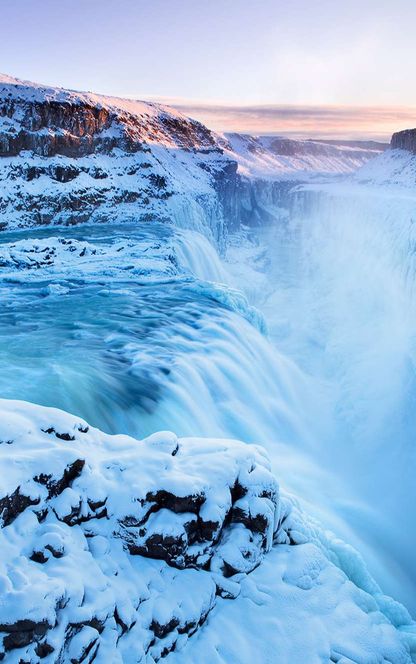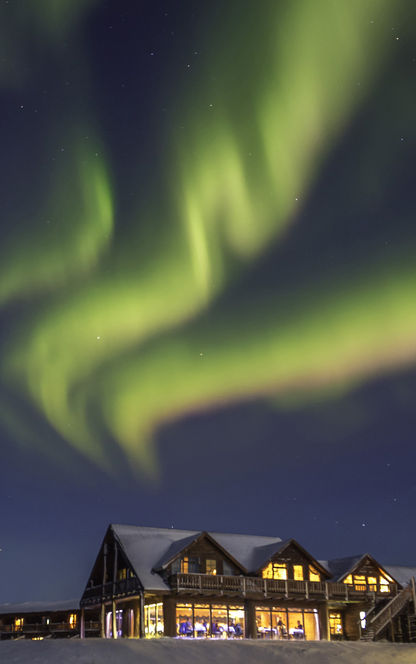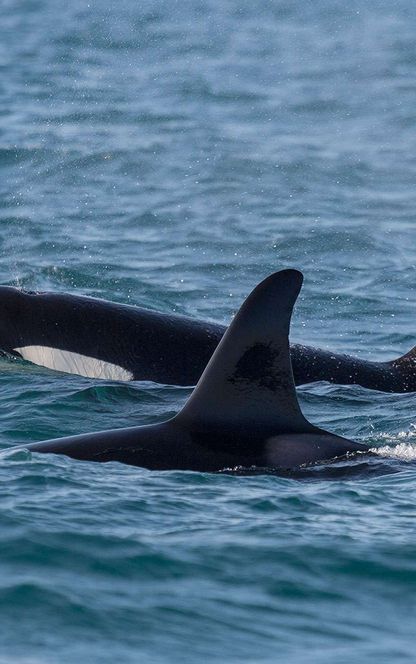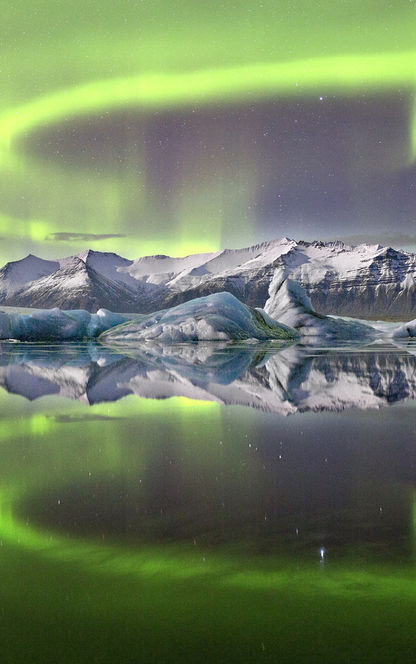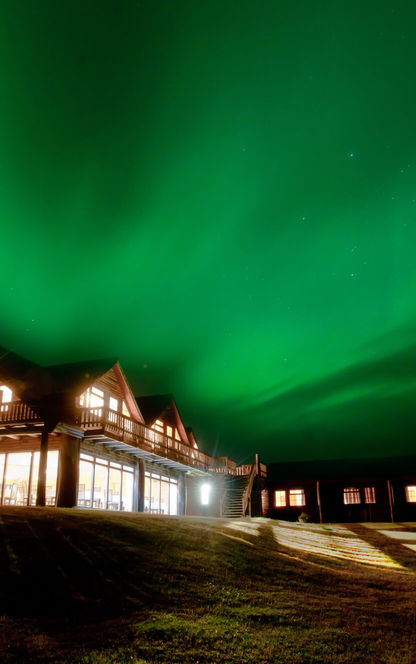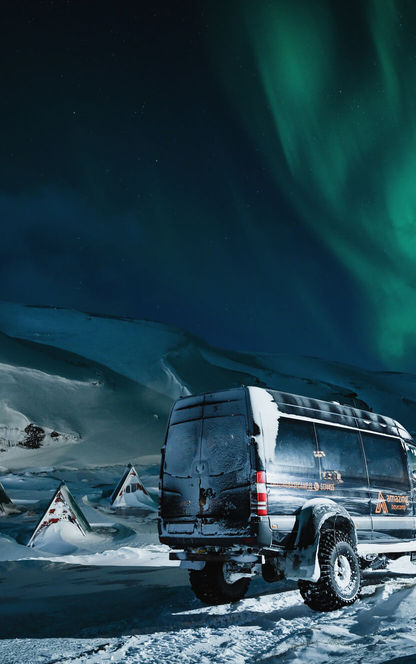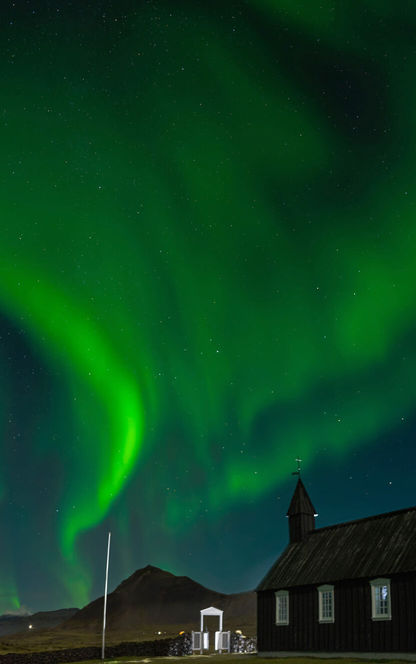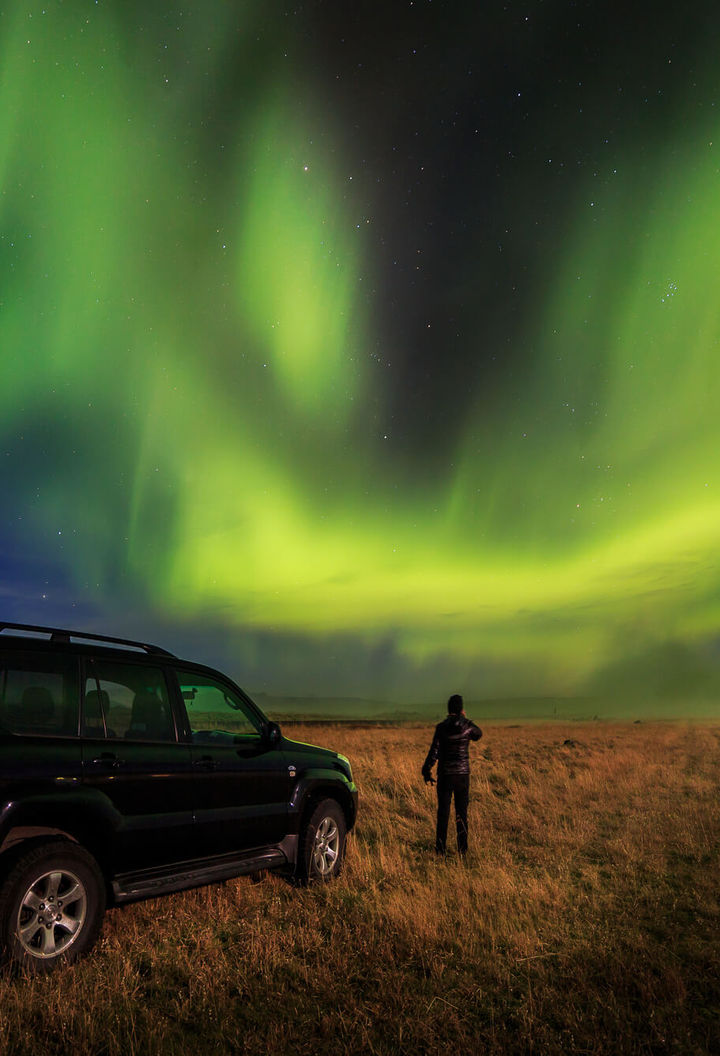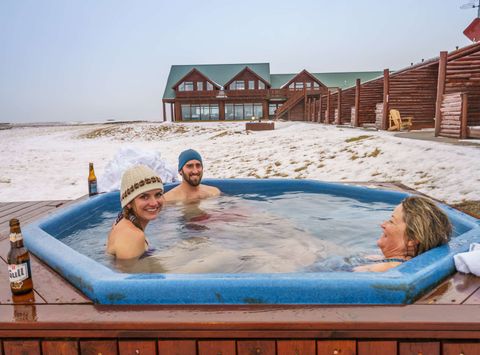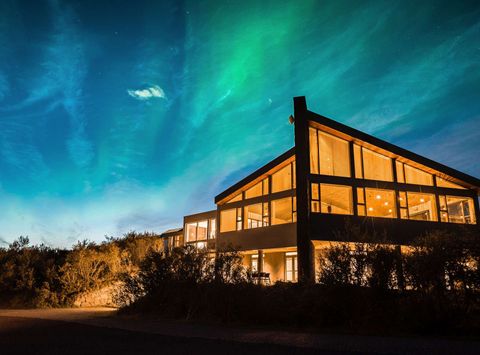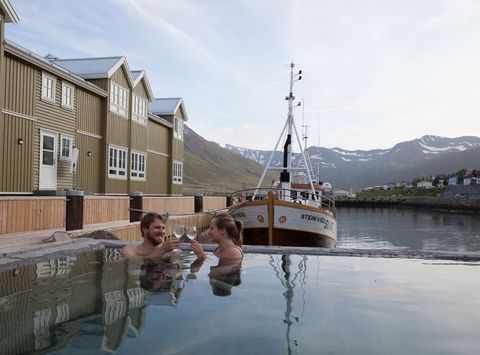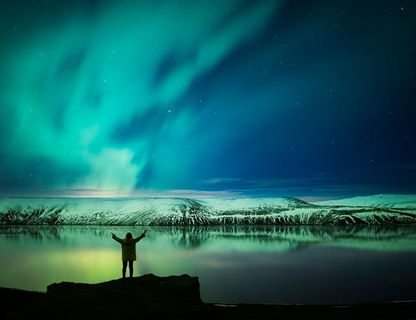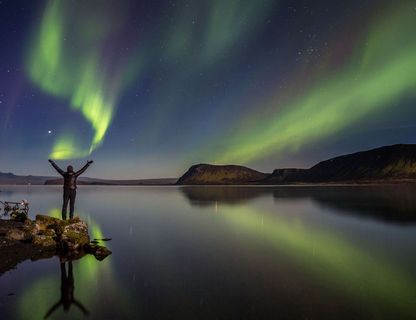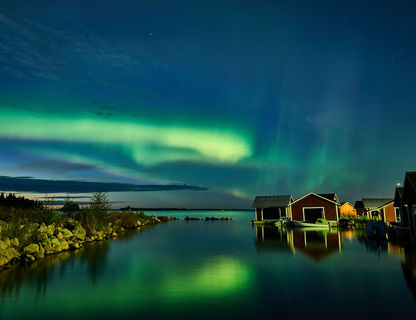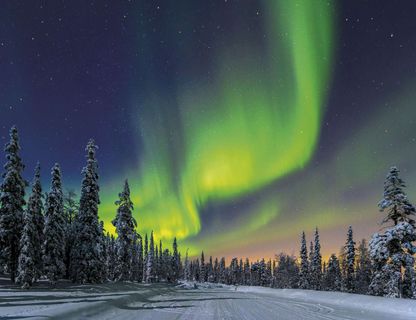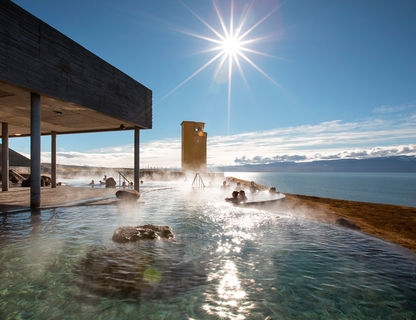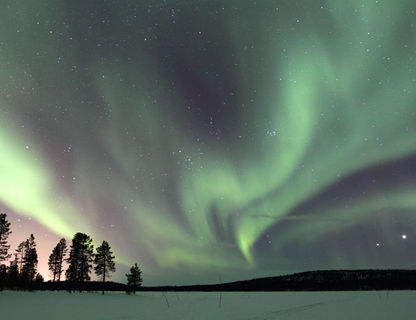Best time to see the northern lights in Iceland
The northern lights are visible for nearly nine months of the year from late August to mid-April offering plenty of scope for planning your holiday. Autumn and spring – especially during the equinoxes – tend to see an increase in activity. Couple this with milder temperatures and more daylight and this can be a great time for self-drive touring. Alternatively, visit in the depths of winter when snow-dusted mountains and frozen waterfalls form a stunning backdrop to a northern lights holiday in Iceland. You can also combine aurora hunting with orca watching during February and March, or plan a special break celebrating Christmas or New Year.
Expert analysts are able to predict aurora patterns a month in advance based on solar activity, but these are not set in stone and don’t account for weather patterns. Therefore, when it comes to choosing when to see the northern lights in Iceland, we recommend focusing on the elements you can control: where to stay – away from light pollution so you can react quickly to the whims of nature; what to see and what to do.
























